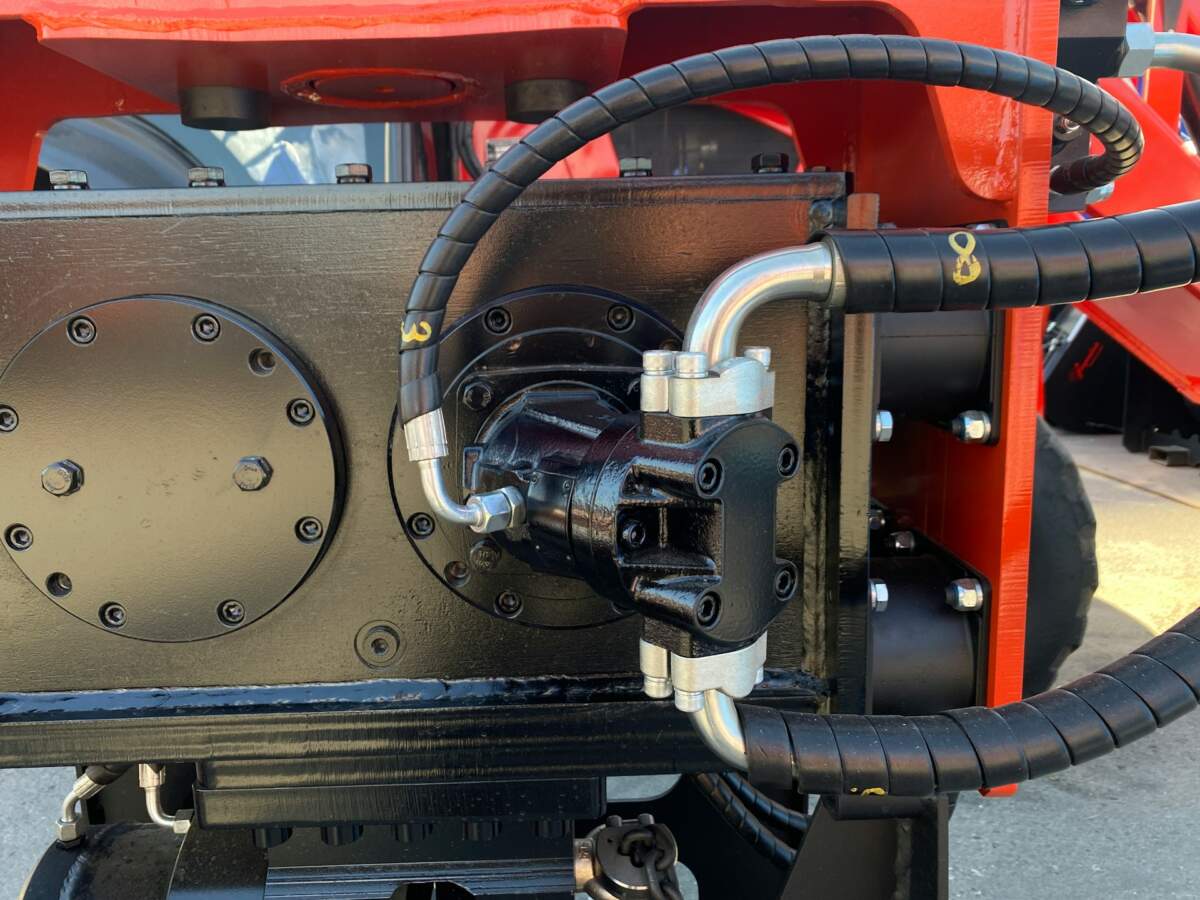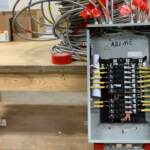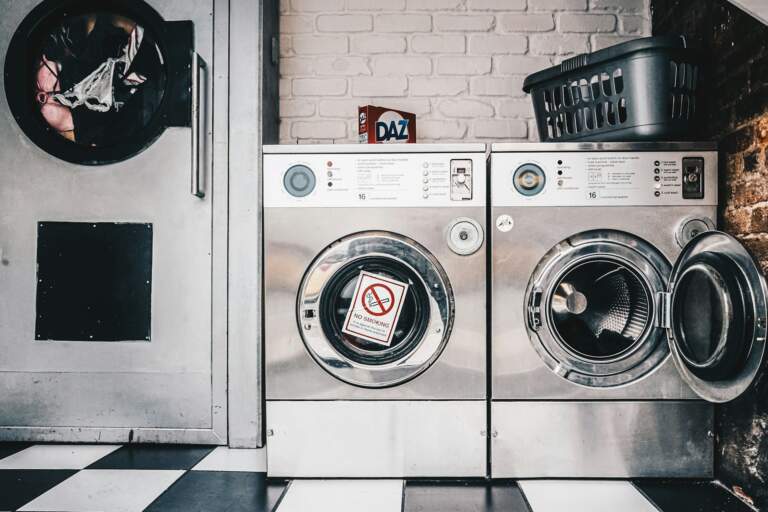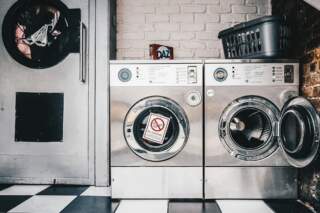When it comes to powering equipment like lawnmowers, pressure washers, or generators, not all small engines are created equal. The engine you choose can greatly impact the performance, longevity, and overall efficiency of your machine.
Selecting the right one requires an informed approach to ensure you’re making a choice that fits your equipment and use case.
This blog is your comprehensive engine buying guide, outlining the key considerations to keep in mind and helping you distinguish between different types of outdoor equipment engines. By the end, you’ll gain the clarity you need to make an informed purchase.
The Basics of Small Engines
Before you can make the best choice, it’s important to understand the basics of small engines. These compact motor systems power various types of outdoor equipment and serve as the “heart” of machines like snow blowers, chainsaws, and lawnmowers.
Small engines can be broadly classified into two types:
- 2-Stroke Engines: Known for their simple design, these engines are lightweight and commonly used in portable equipment like chainsaws or trimmers. However, they require a mix of oil and fuel to operate and tend to produce more emissions.
- 4-Stroke Engines: Unlike 2-stroke options, 4-stroke engines have separate compartments for oil and fuel. They are more fuel-efficient, long-lasting, and environmentally friendly, making them ideal for larger equipment like lawnmowers or pressure washers.
Understanding these fundamental differences will help you determine which type of small engine aligns with your equipment’s needs.
Assessing Your Equipment’s Power Requirements
Understanding Engine Size and Power Output
One of the first things to evaluate is the size and power output required for your equipment. This depends on the type of tasks your equipment will handle. For example:
- Small Equipment: Engines with lower horsepower (around 2 to 5 HP) are sufficient for smaller tasks like hedge trimming or leaf blowing.
- Medium to Heavy-Duty Equipment: For generators, rides-on lawnmowers, or pressure washers, you’ll need higher horsepower (ranging from 5 to 15 HP).
Pro Tip: Ensure the engine has enough torque to handle challenging conditions, such as uneven terrain or dense vegetation.
Prioritizing Fuel Efficiency and Environmental Impact
Fuel efficiency is a crucial metric for anyone operating outdoor equipment regularly. While 4-stroke engines are generally more fuel-efficient, newer technologies are enabling even 2-stroke engines to reduce emissions and increase performance.
Look for features like:
- Fuel Injection Systems: These regulate the fuel-air mixture and optimize engine performance.
- Emission Compliance Standards: Engines that meet EPA or CARB certifications produce fewer pollutants, making them better for the environment.
Prioritizing these aspects when reviewing outdoor equipment engines will save you money in fuel costs and reduce your carbon footprint over time.
Choosing Between Electric and Gas-Powered Engines
With advancements in technology, electric-powered engines are becoming a viable alternative for some outdoor equipment. Here’s a quick comparison to help you decide which is right for you:
- Gas-Powered Engines: Ideal for heavy-duty tasks, these engines offer higher output and longer operation times. However, they are louder and require more maintenance.
- Electric Engines: These are quieter, require minimal maintenance, and are environmentally friendly. However, they may not provide the power needed for more demanding tasks.
If your equipment will be used for light maintenance around a suburban home, an electric engine might be sufficient. For professionals working on larger properties, gas-powered engines remain the go-to choice.
Considering Durability for Long-Term Value
Small engines often represent a significant investment, so durability is a factor that cannot be overlooked. When researching engines, keep an eye out for the following:
- High-Quality Build Materials: Cast iron sleeves, stainless steel components, and reinforced housings ensure the engine can withstand intensive use.
- Brand Reputation: Stick to trusted brands known for reliability and durability.
- Warranty Periods: A longer warranty is a good indicator of the manufacturer’s confidence in their product.
The upfront cost of a durable small engine might be higher, but it will save you from constant repairs or replacements in the long run.
Factoring in Maintenance Requirements
Every small engine requires regular maintenance to perform optimally, but some are easier to manage than others. Consider these key maintenance-related features:
- Oil Drain Systems: Check how easy it is to refill or drain oil.
- Air Filters: Look for engines with easily replaceable or washable air filters.
- Service Availability: Opt for engines where spare parts and servicing are readily accessible in your area.
Regular maintenance checks and clean-ups will extend your small engine’s life span and ensure uninterrupted performance.
Evaluating Special Features for an Enhanced Experience
Small engines come with various additional features that add convenience and performance enhancements. While not all these features may be necessary, they can certainly add value:
- Electric Starters: Simplify the process of starting your engine.
- Noise Reduction Technology: Ideal for residential use, quieter engines reduce sound disturbances.
- Compact Design: Smaller engines are easier to mount and store, ideal for portable or space-saving equipment.
Carefully evaluate any additional features that align with your specific needs to maximize the usability of your engine purchase.
Take the First Step Towards Smarter Engine Choices
Choosing the right small engine for your outdoor equipment is all about balancing power, efficiency, and durability to suit your specific needs.
By keeping these considerations in mind—from engine size to fuel efficiency and maintenance requirements—you can ensure that your equipment performs at its best for years to come.
Whether you’re a homeowner looking to invest in a reliable lawn mower engine or a professional landscaper needing robust tools, understanding your options makes all the difference.
When you’re ready to take the next step, learn more about the latest outdoor equipment engines available and select the perfect fit for your equipment with confidence.










